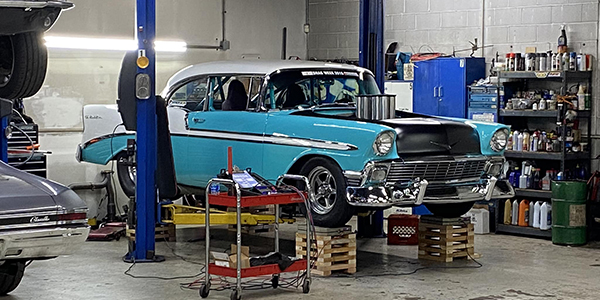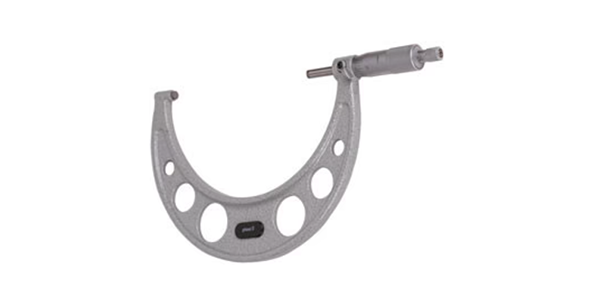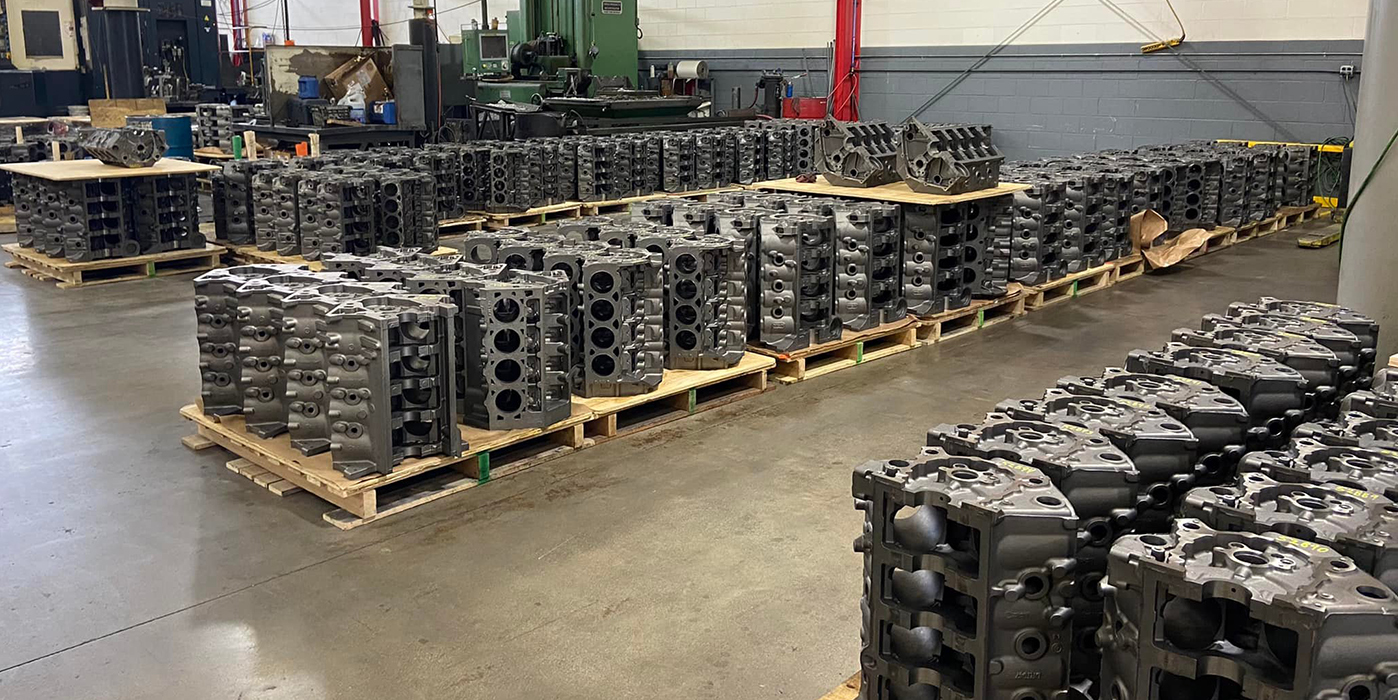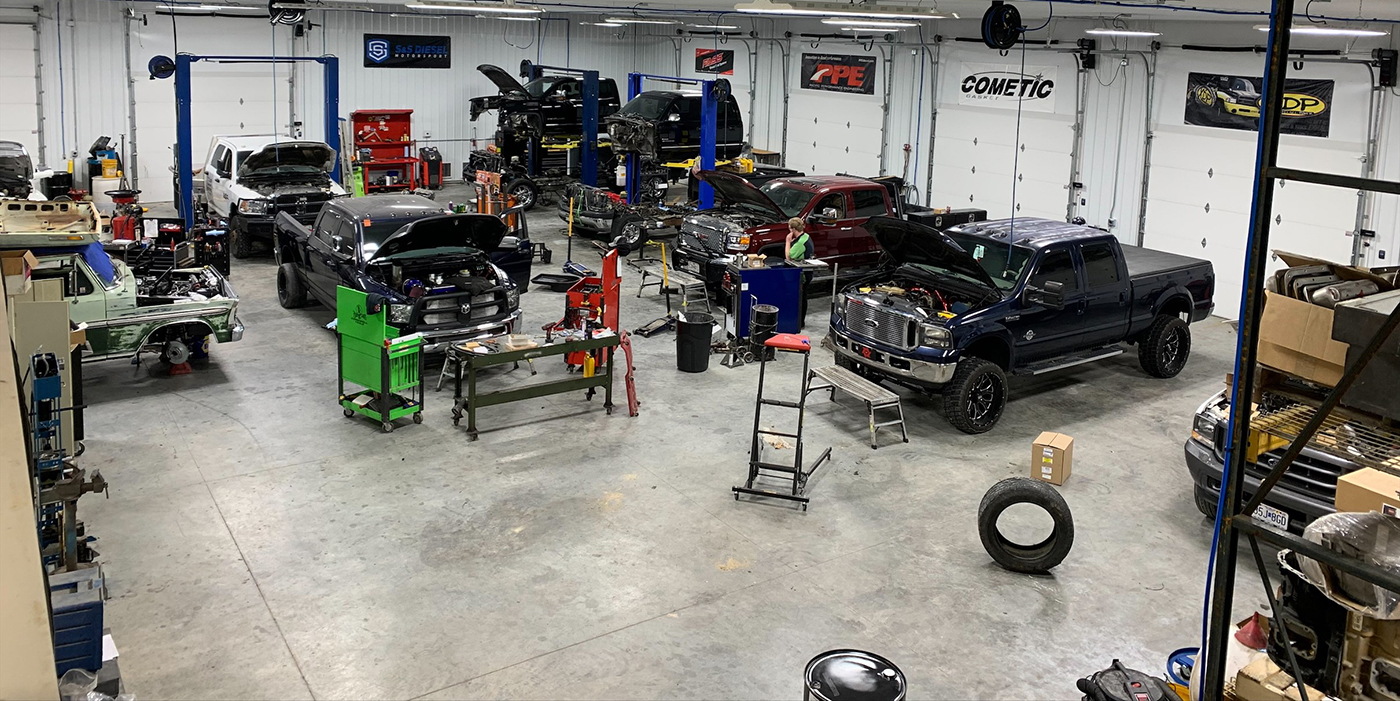The Machine Shop Market Profile in the June issue of Engine Builder was a bit of an eye opener for me. I was not surprised by the fact that the biggest problem we have as an industry is finding good help in the form of qualified employees. The sad truth is that this will only get worse unless we find ways to pay better salaries.
One aspect of the survey that did catch me a little off guard was the choice of high performance as the highest profitable market segment. I can see that we all may bring in the most profit dollars from this segment, but the term “profitable” might mean something different to me. I continually hear from heavy-duty and agricultural engine shops that they are able to command a higher dollar per hour rate for this work than from any other aspect of the business, save for maybe pressure checking aluminum heads. So I had to stop and think that this “brings in” the most income, knowing that because of the competitive nature and the sheer hours one can spend on a performance engine build, profit margins can be low in this segment of the marketplace.
Another aspect of the Industry Report I found interesting was in the New Markets/Services section. I was looking at the new market growth for 2016 in Restoration and Small Engine. I’m wondering, is High Performance slowly being replaced by these markets? Lets face it, I don’t think stock engine building can shrink much more for a CER, except for those shops that no longer choose to do engine assembly, another growing trend. The Small Engine aspect is something I’ll need to investigate more, but it does seem many performance engine builders focused more on muscle car engines last year as a replacement market for dirt circle track race motors, which have become victims of the new crate engine programs. It was also interesting that 17% of shops out there have decided that they needed to “start” doing performance work, according to the New Market/Services survey.
To a guy doing the work, it’s work! It’s income. What I’m interested in is what marketplaces are going to be the strongest in our immediate and long term futures? Where is the work going to come from? Then the next obvious question becomes, how much work will there be?
I see or speak to several machine shops and jobber stores everyday. Few seem as concerned about this, though many continue to talk about down turns in many markets. Some say that the downturn in one market is often replaced by new opportunities in different markets.
One shop I know well was known for its circle track race engines just a few short years ago. This year they tell me they have done few circle track freshen ups and no new builds. When the circle track engines stopped coming, because tracks and sanctioning bodies made the factory crate motors seem like a better option, they found they had more time for the performance street and drag race customers they used to put in second position. The problem is these are generally one-time builds. At a quarter mile per run, a drag race motor can last for many years. And the same thing goes for many performance street builds, whereas your dirt circle track car can eat up an engine in a night, given the wrong circumstance. Many will need a mid-season freshen up, at the very least.
These aren’t the only changes I’ve become aware of. As I said, more shops than ever have told me that they’ve stopped doing engine assembly all together. One performance shop owner recently told me he was referring customers to a dyno shop that would assemble the engine, dress it out, break it in and run it on the dyno for a price.
The machinist says he can’t make enough money to justify doing the assembly himself, and the dyno operator is happy to get more work than just the dyno time. A win-win? That’s something you and your customer will have to decide if you make a similar arrangement. The lingering concern might be in the question, “Who will be responsible when something goes wrong?” Hopefully professionalism, not finger pointing, will prevail.
While some change may be tolerable or even favorable to some, the majority of the changes I’ve seen have had a negative impact on the earning potential of each of us and this worries me. I’ve seen far too many shops close their doors, not to be replaced.
The future is for survivors. We need to look at where we’re going and where we’ve been. Most important though, is where we want to be. We can walk away from work and certain jobs altogether, and some we should, but we must consider what this does to the consumer. After all, it’s the consumer that pays for the job, and our paychecks.
It’s important to ask, analyze and follow trends that show a return on investment and fuel demand. We must all look into our crystal ball-mics and try to read what we’ll be seeing in our collective futures.





